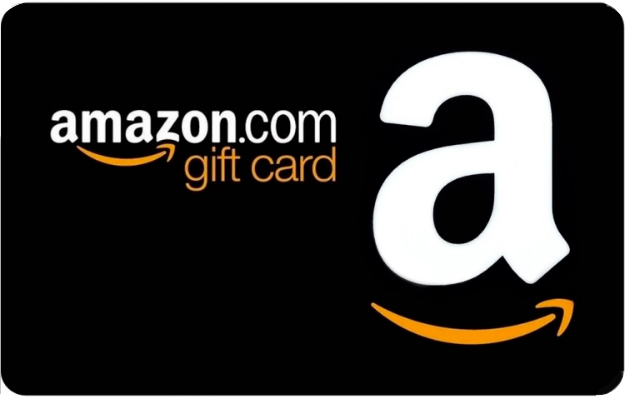Webinar
Think About Your Audience Before Choosing a Webinar Title
OnDemandLandingPage@2x.png?width=1540&name=2022-06-23%20(Chronosphere%20DO)OnDemandLandingPage@2x.png)
Sponsored by Chronosphere
What You’ll Learn in This Webinar
Prometheus was developed in 2012 in response to the growing need for cloud-native monitoring services. Its efficient data store and ease of use have made it the de facto open source metrics monitoring solution. By storing data locally on disk, Prometheus is great for short-term use cases. However, when storing and querying against longer-term (and larger-scale) data, it can easily become overwhelmed.
Are your engineers struggling to locate monitoring data quickly? Do you need to retain more data for longer periods of time? Join Gibbs Cullen and Peter Simkins as they discuss the four signs that it’s time to level up Prometheus by focusing on key measurements around your monitoring solution: efficiency, reliability, scalability and cost.
Attendees will be armed with the knowledge they need to answer critical questions around their existing Prometheus setups and whether it’s time to consider a Prometheus-compatible solution built for massive scale. By focusing on four key indicators, attendees will leave with a better understanding of how to:
- Access monitoring data more quickly and efficiently
- Improve reliability to keep mission-critical services up and running
- Increase scale to retain more data for longer periods
- Keep monitoring costs under control








